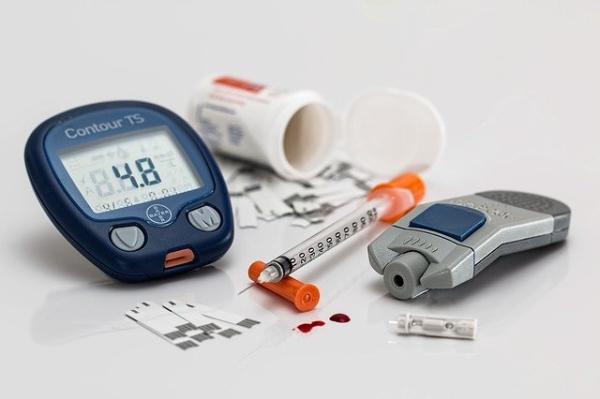Diabetes is a poster-child for many of today’s health concerns, an increasing incidence, the frequent associated with a sedentary lifestyle and poor nutritional choices, increasing out-of-pocket spending, and a rising toll on healthcare services. Alternatively, the management of diabetes has never been better, with medical devices that more closely mimic the release of insulin by the pancreas and a host of medications that help patients avoid the highs and lows of blood glucose.
I thought I would provide the article with a bit of context. Type 1 diabetes, more autoimmune than lifestyle, results in a complete absence of insulin. These patients require insulin injections. Pharmaceutical science has developed a range of newer insulins that have varying onset and duration of activity; ultrashort acting, short-acting and long-acting – all the better to keep these patients from experiencing blood glucose that is too high, hyperglycemia or too low a level, hypoglycemia. Both extremes are bad, but in different ways, hyperglycemia is better tolerated in the short run but has many long-term problems. Hypoglycemia is very poorly tolerated acutely and can lead to death - it is the situation that must be avoided. For Type 2 diabetes where insulin is still present but does not work appropriately, oral agents can remove the high and lows.
If you are like me, you were surprised to find that some forms of insulin are available without a prescription, as over-the-counter items. Long story short, the original pharmaceutical insulin and the early “human” forms were grandfathered into formularies and never underwent FDA approval. So they could be sold OTC, a decision left up to the states. Only Indiana, the headquarters of Eli Lilly, the first company to mass produce insulin, has required a prescription to use these older insulins.
The economic difficulties that patients with diabetes have in paying for their drugs, making them ignore the prescription in hand and substituting these older forms, keep them from obtaining proper instructions in how to titrate their insulin doses. And inaccurate dosing results in hyper and hypoglycemia. There is no problem with the insulin itself, it is made by Novo Nordisk, the world’s largest manufacturer of insulin. It is just that these older insulins have a different onset and duration profile, and you cannot simply switch from a newer to an older form without some medical help.
The history of insulin remains a cautionary tale. It was a considerable advance in care, transforming lives in ways we cannot imagine. It was the first biosimilar and the newer forms and devices have reduced diabetes from a death sentence to a manageable disease. Today’s reprint from The Conversation, speaks to a disparity of healthcare based on income further entangled with class, education, and race. Perhaps in untying this knot, insulin may serve to show us a way to reduce the disparities of care.




